From Shawn: This editorial is written by R.D. Sussman. He has been involved with the airline industry for over 20 years and is an active travel consultant and airline analyst. R.D. is also a huge #Avgeek and theme park enthusiast (like myself) and is one of the most passionate and knowledgeable people I know. You may recall he wrote an amazing editorial on the New American Airlines. Today he tackles Delta.
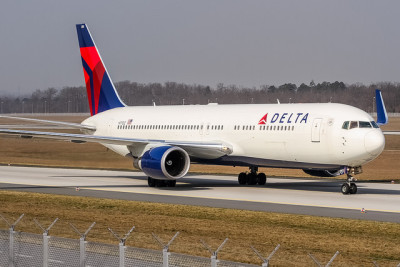

Related: Delta Airlines: The Sleeping Giant Awakens – Part 2
Delta Airlines: The Sleeping Giant Awakens – Part 1
Delta Air Lines continues to impress Wall Street, and their investors, with a trend of record-breaking earnings. Revenues are up, yields are up, and overall debt is decreasing at a rapid pace. Customer complaints are down, and Delta is earning a reputation for being a quality service-based airline in the USA.
So what is propelling Delta’s rise and success? To get an idea of what is making Delta work right requires a step back in time, and then a look to the past few years.
Delta’s Humble Beginnings
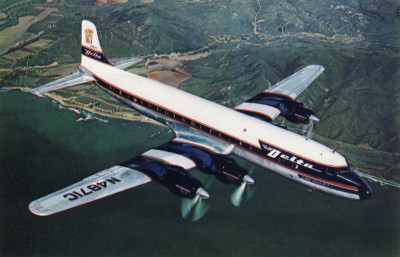

Delta itself has roots in finding new ways to solve problems that were unusual in nature. Founded as Huff-Daland Crop Dusting Service, their first real job was exactly that: Eliminating the evil boll weevel that destroyed the cotton crops across the south. Moving into mail & passengers, they were always one of the smallest trunk airlines, with a limited network, but consistent, reliable growth. Moving to Atlanta brought forth passengers, traffic & more growth, and a network of cities that were well-fed with passengers.
It was Atlanta that became the first true hub for the airline industry, and Delta was the airline that created the effective use of this strategy, long before 1978. Deregulation brought forth explosive changes to the airline, including further development of the ultra-hub concept. 1987 saw the merger with Western Air Lines, giving Delta the last major piece of their domestic puzzle: The western 1/2 of the USA, and two good hubs with it.
Into Bankruptcy
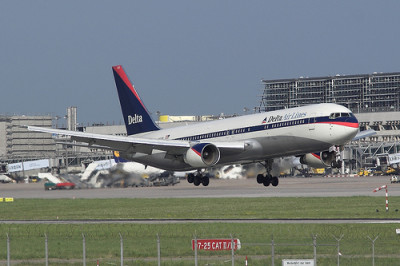

Throughout the 90s, Delta grew, splitting off leisure routes into the Delta Express subsidiary, at a time when two other majors also did this as a way of combating Southwest Airlines. All three of these off-shoot airlines failed, and by 2002 they had been shut down. Delta continued to deal with the changes in the industry: Lower yields, higher fuel prices, and economic challenge by launching a second sub-airline, Song. Most of what Song was later was used as a model for what their product was to become in the later half of the decade. All these processes were for nothing: Delta itself flew into Chapter 11 bankruptcy in September 2005.
During bankruptcy, several major changes took place that set the stage for the future. Song was merged back into Delta, and many of the product enhancements that Song created were applied to the economy product on board. Older aircraft were parked & sold. Unprofitable routes & hubs (Cincinatti & Dallas/Ft. Worth) were shuttered, and operations were again centered on the hubs that function well. 2007 saw Delta emerge from Ch.11, stronger & more well positioned to handle the future.
Into the Present
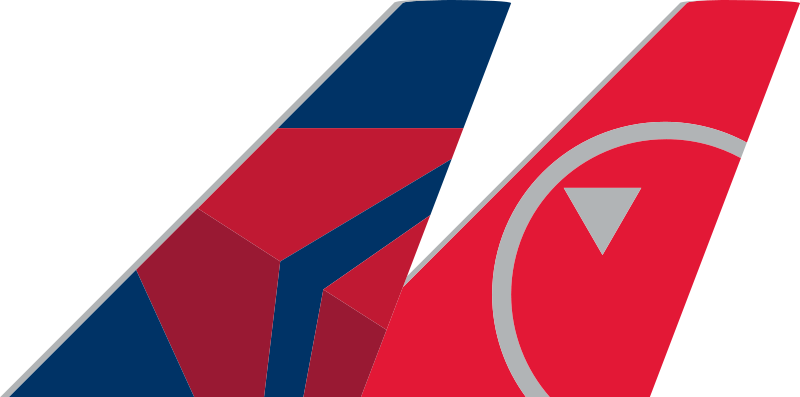

In 2008, the second step took place, in the form of the buyout/merger with Northwest Airlines. Northwest itself had been bankrupt during the same time frame, and was struggling to determine their future. The two airlines became one in 2009, and the combined network had the strengths of both carriers: The strong, dominant Pacific market that was a backbone of Northwest, multiple heavy-traffic domestic hubs, and the strong Atlantic presence that Delta had built from the ashes of Pan American.
Richard Andersen, former CEO of Northwest took the helm in 2007, and quickly began to transform Delta’s operations. A changed focus on the passenger started with the most important step: Focusing on the employees. This focus to drive growth through the passenger was very successful, and the profits followed. Even during the downturn from 2008-2011, Delta still performed stronger & more effectively than other carriers, as frequent flyers grew their loyalty to Delta.
It is 2015, and Delta is the envy of their fellow carriers in the USA. How they did this is not a mystery, as we’ve seen this story before, 20 years ago at Continental. It appears that Andersen & company have been going page by page through the Bethune book, learning from each example, and applying it to Delta as we know it. And it shows: The average yield per passenger is among the highest in the USA consistently – and that is keeping their shareholders happy.
So how are they doing it? In part two RD talks about the changes to Delta’s hard and soft products, how their hub strategy ensures success and why their fleet strategy is designed to keep the company’s debts low and their profits high.
Go to: Delta Airlines: The Sleeping Giant Awakens – Part 2
Lower Spend - Chase Ink Business Preferred® 100K!


Learn more about this card and its features!
Opinions, reviews, analyses & recommendations are the author’s alone, and have not been reviewed, endorsed or approved by any of these entities.
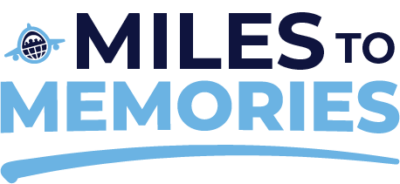
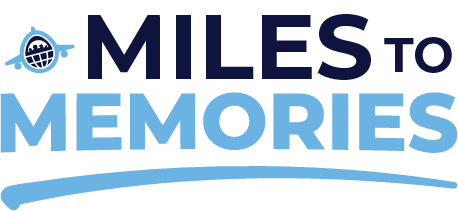

[…] on the current state of United Airlines. He has previously written fantastic pieces about the modern rise of Delta, the new American Airlines, the History of Low Cost Carriers, the History of Air […]
[…] are fighting Ultra Low Cost Carriers. He has previously written fantastic pieces about the modern rise of Delta, the new American Airlines, the History of Low Cost Carriers, United Airlines, the […]
[…] on the history of Braniff International. He has previously written fantastic pieces about the modern rise of Delta, the new American Airlines, the History of Low Cost Carriers, United Airlines, the […]
[…] on the history of Braniff International. He has previously written fantastic pieces about the modern rise of Delta, the new American Airlines, the History of Low Cost Carriers, United Airlines, the […]
[…] with another airline industry editorial. He has previously written fantastic pieces about the modern rise of Delta, the new American Airlines, the History of Low Cost Carriers, United Airlines, the History of […]
[…] the first part of this editorial we talked about Delta’s beginnings, their eventual path towards bankruptcy, the merger with […]
[…] Editorial: Delta Airlines – The Sleeping Giant Awakens – Part 1 […]
CVG was not shut until after the merger, not due to bankruptcy. The old Delta hub was too close to the larger and stronger NW Detroit hub. Same thing with Memphis. That old NW hub was shuttered as it was to close to Atlanta, Delta’s largest hub.
The CVG hub began the downsizing in the spring of 2004 – prior to the initial Ch. 11 filing, with many flights being outsourced to their (now defunct) subsidiary ComAir. At Memphis, Northwest was doing the same thing, by using the Compass Air flying replacing mainline flights to many cities, allowing mainline hubs MSP & DTW to be further strengthened. At the time of the merger, MEM was still listed as a hub by NW’s standards, something that would change not long after the merger closed. For clarity purposes, I refer to the start of these processes, as has been shown they were both on their way out before the merger began – and in the case of CVG, before the CH. 11 filing at Delta.
By the time of both carrier’s CH 11 filing, MEM & CVG were operating at shadow levels of their former strengths, and CVG was de-listed as a hub by Delta in 2009- just prior to the merger. It has been, and is still now, referred to as a focus city for Delta, though based upon the past few months that too will become a thing of the past before too long. Once the merger was completed, MEM was intended to be a flow-through hub to bypass Atlanta, but in the end this wasn’t the case – and Delta further shelved MEM to a focus city as well.
Cool article. Living in Cincinnati / CVG, I’ve been long interested in the history of Delta and CVG. I wrote an article that you might find interesting a few months ago about Delta and CVG
http://www.pointswithacrew.com/the-curious-case-of-delta-and-cvg/